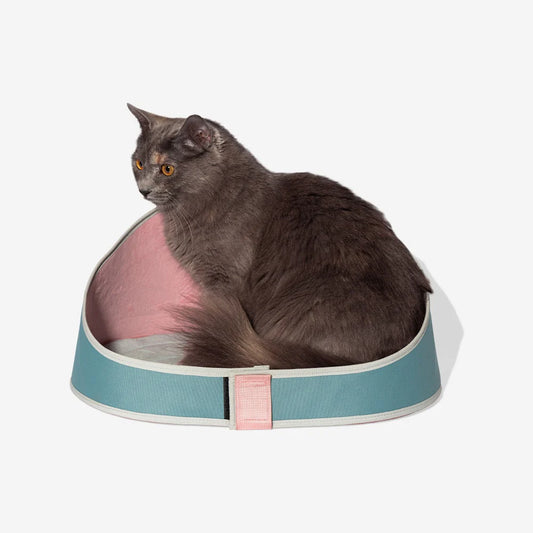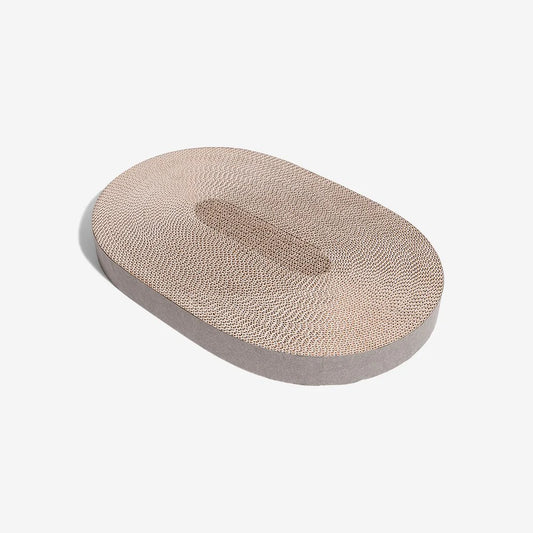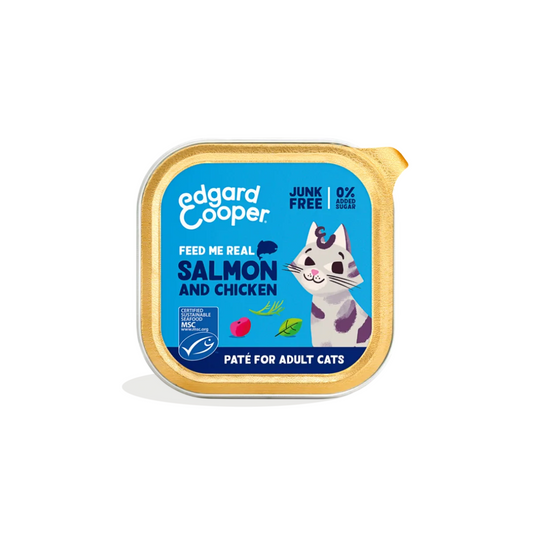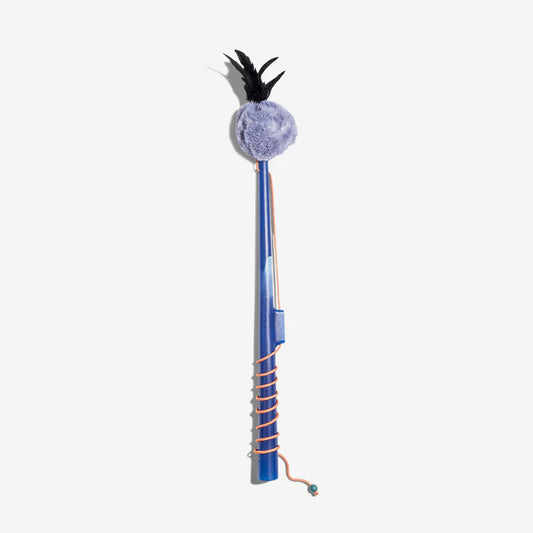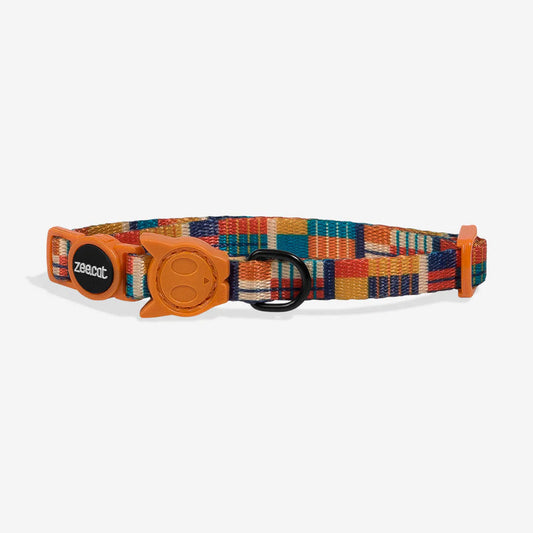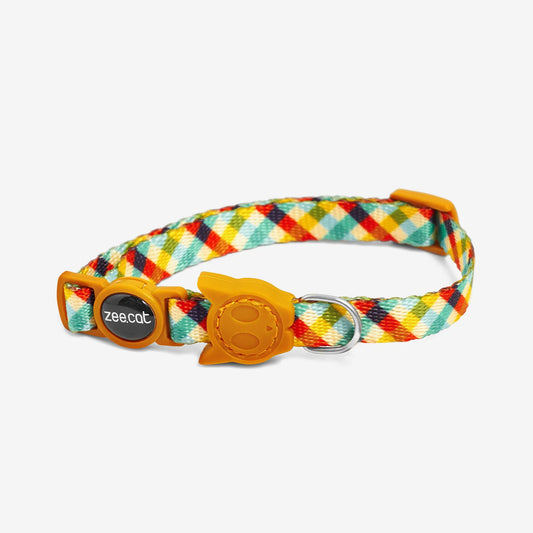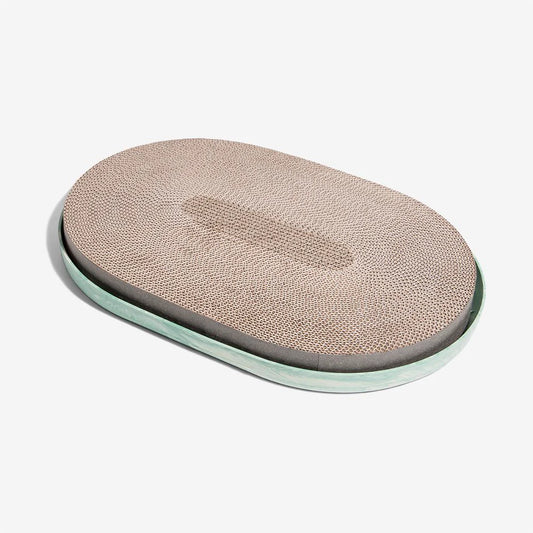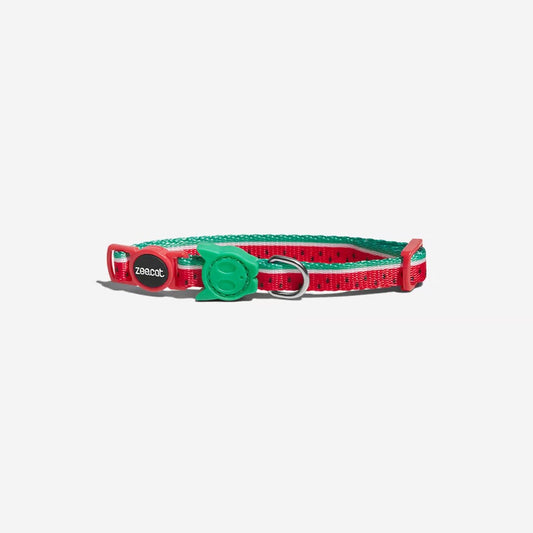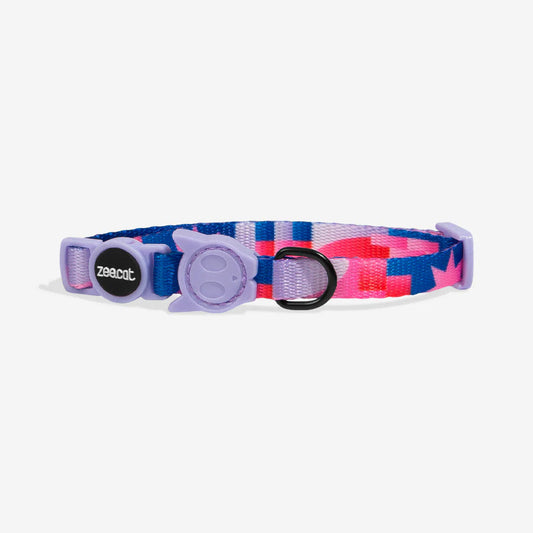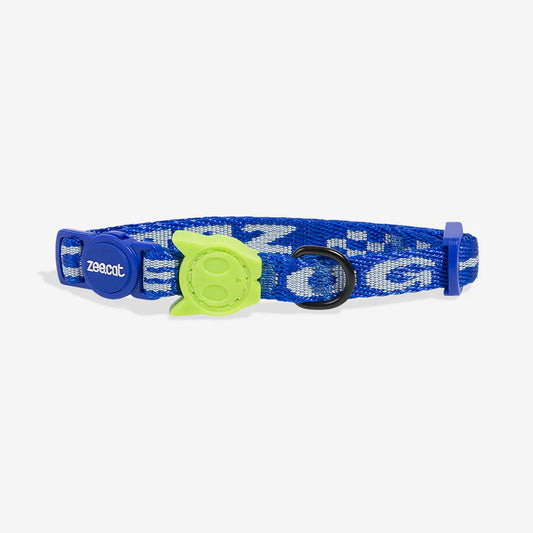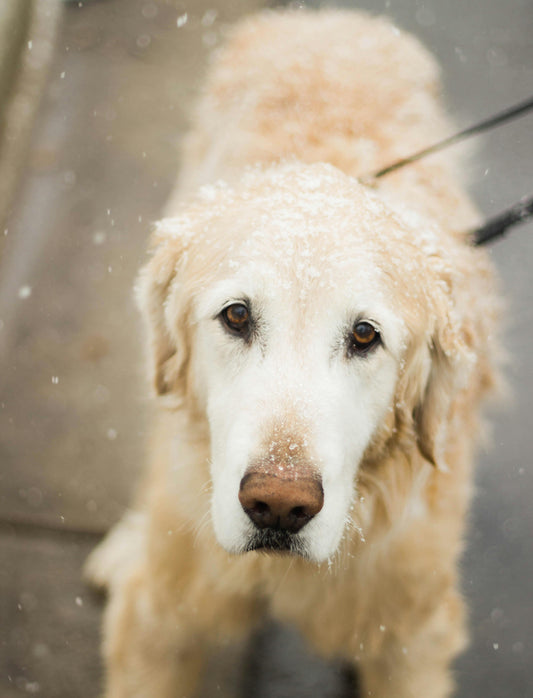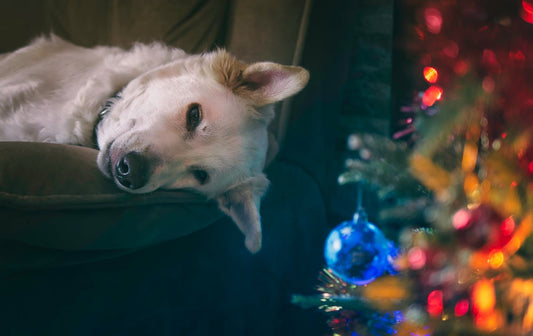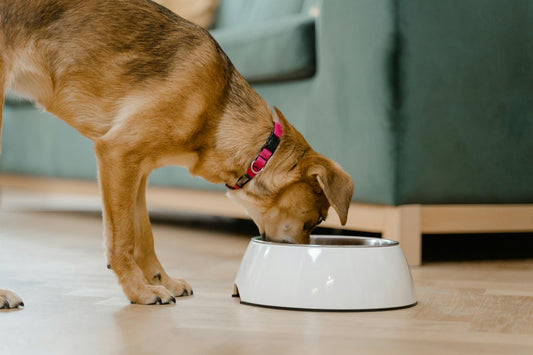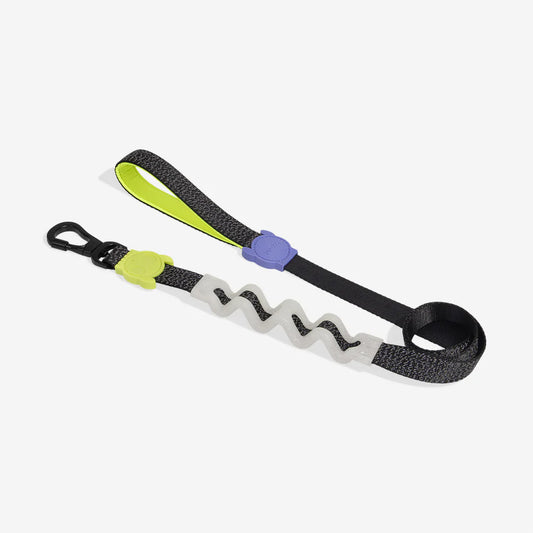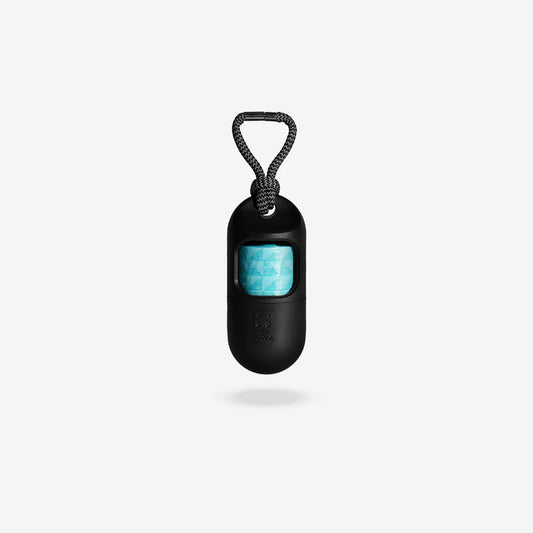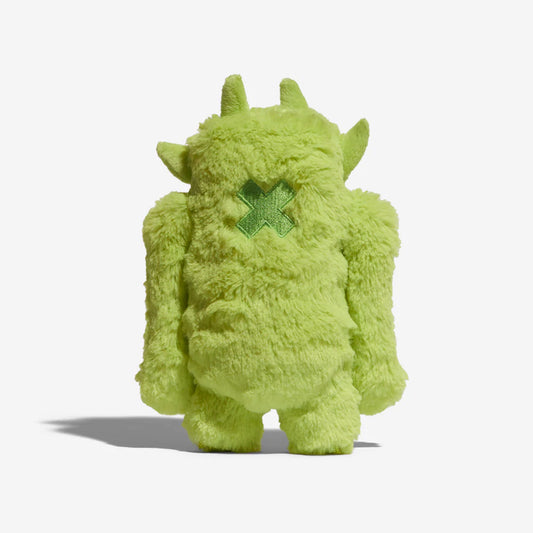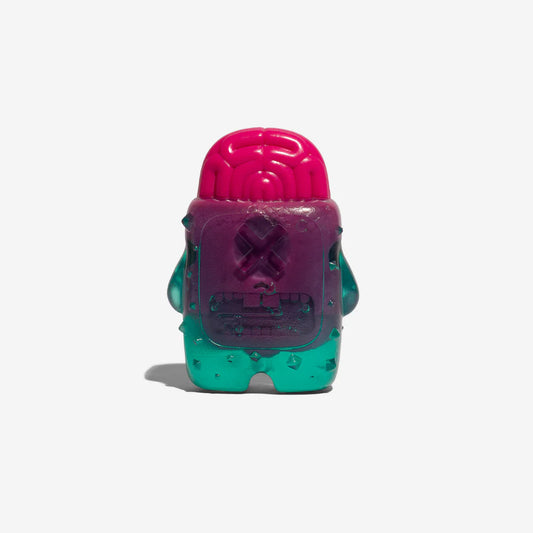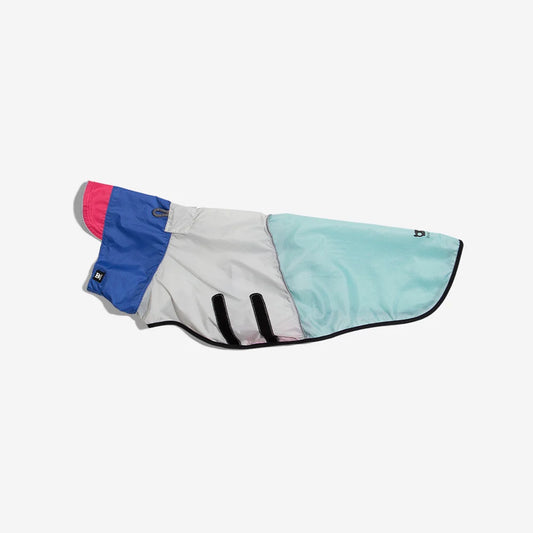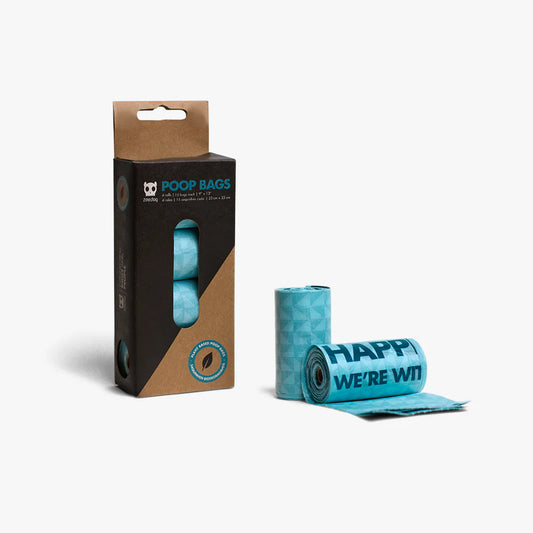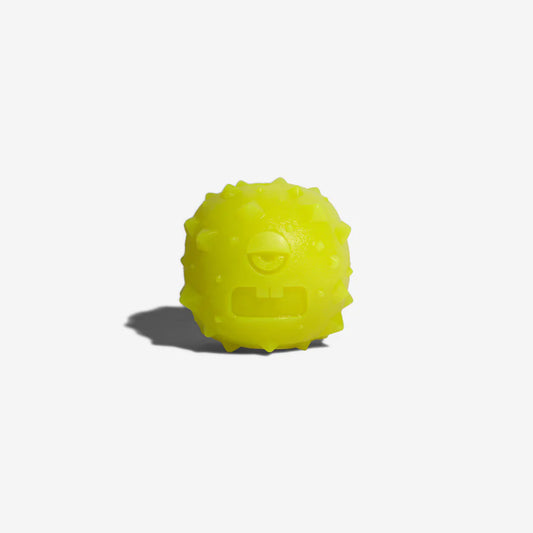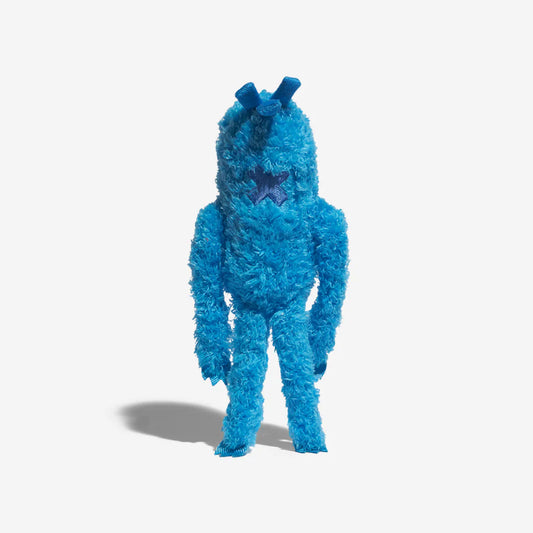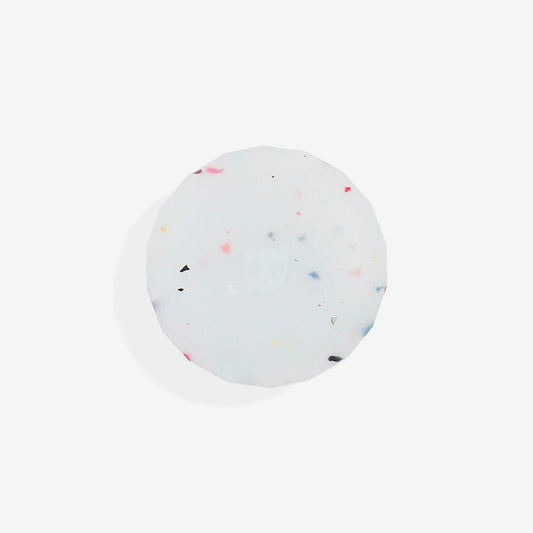De kleuren begrijpen die honden zien
Jarenlang werd algemeen aangenomen dat honden alleen zwart-wit konden zien. Modern wetenschappelijk onderzoek heeft echter aangetoond dat honden wel degelijk kleuren kunnen waarnemen, hoewel hun kleurenvisie aanzienlijk verschilt van die van mensen. Dit artikel gaat dieper in op de specifieke kenmerken van het kleurenzicht van honden, legt uit welke kleuren honden kunnen zien, de wetenschap achter hun visuele perceptie en hoe dit hun dagelijks leven beïnvloedt.
De structuur van het hondenoog - Welke kleuren zien honden?
Om te begrijpen hoe honden kleuren zien, is het essentieel om de structuur van hun ogen te onderzoeken, met name de soorten kegelcellen die aanwezig zijn in het netvlies. Mensen hebben drie soorten kegelcellen, elk gevoelig voor verschillende golflengtes van licht: rood, groen en blauw. Deze trichromatische visie stelt ons in staat om een breed spectrum aan kleuren waar te nemen en onderscheid te maken tussen veel subtiele variaties.
Honden hebben daarentegen een dichromatisch zicht, wat betekent dat ze slechts twee soorten kegelcellen bezitten. Deze kegelcellen zijn gevoelig voor blauwe en gele golflengtes. Als gevolg hiervan is de kleurwaarneming van honden enigszins vergelijkbaar met die van een mens met rood-groen kleurenblindheid. Ze kunnen onderscheid maken tussen verschillende tinten blauw en geel, maar hebben moeite met het onderscheiden van rood en groen. Dit verschil in kegelcellen heeft een aanzienlijke impact op de manier waarop honden de wereld om hen heen waarnemen.
De kleuren die honden kunnen zien
Gezien hun dichromatische visie is de kleurwaarneming van honden beperkt vergeleken met die van mensen. Hier is een meer gedetailleerde uitsplitsing van hoe honden verschillende kleuren waarnemen:
- Blauw: Honden kunnen tinten blauw heel duidelijk zien. Dit is een van de primaire kleuren in hun spectrum en ze kunnen het vrij goed onderscheiden van andere kleuren. Blauw is waarschijnlijk levendig en duidelijk voor honden, waardoor blauwe objecten en oppervlakken goed opvallen.
- Geel: Honden kunnen ook geel en de verschillende tinten ervan zien. Deze kleur valt hen op, net als mensen, maar met minder variatie in de tinten die ze kunnen onderscheiden. Geel is helder en opvallend, waardoor gele objecten aantrekkelijk en gemakkelijk te herkennen zijn.
- Grijs: Kleuren zoals rood en groen lijken voor honden grijs- of bruintinten. Ze zien deze kleuren niet als levendig of duidelijk. In plaats daarvan vloeien rode en groene tinten over in de achtergrond en zijn ze veel moeilijker te onderscheiden voor honden. Dit is de reden waarom rode en groene speeltjes of objecten minder interessant of zichtbaar lijken voor honden.
- Combinatiekleuren: Vanwege hun dichromatische visie kunnen kleuren die combinaties zijn van blauw en geel (zoals groen) door honden worden gezien, maar verschijnen als verschillende tinten grijs of bruin, afhankelijk van de mix. Dit betekent dat een groen gazon er voor een hond misschien niet groen uitziet, maar eerder een mix van kleuren die ze anders interpreteren.
De wetenschap achter het kleurenzicht van honden - Welke kleuren zien honden?
Om te begrijpen waarom honden dichromatisch zicht hebben, moeten we kijken naar hun evolutionaire geschiedenis. Honden zijn geëvolueerd van wolven, nachtelijke jagers die meer vertrouwden op bewegingsdetectie en nachtzicht dan op kleurdiscriminatie. Het vermogen om goed te zien bij weinig licht was belangrijker voor hun overleving dan het onderscheiden van een breed scala aan kleuren. Als gevolg hiervan zijn de ogen van honden beter aangepast om beweging te detecteren en goed te zien bij weinig licht, met een hogere concentratie staafcellen, die gevoeliger zijn voor licht en beweging, maar geen kleur detecteren.
Naast hun beperkte kleurenzicht hebben honden ook een breder gezichtsveld vergeleken met mensen. Hun ogen zitten meer aan de zijkanten van hun hoofd, wat zorgt voor een breder perifeer zicht, wat voordelig is voor het spotten van beweging en potentiële bedreigingen uit verschillende richtingen. Deze afweging tussen kleurenzicht en bewegingsdetectie benadrukt de evolutionaire aanpassingen die het visuele systeem van honden hebben gevormd.
Begrijpen hoe honden kleuren zien, kan huisdiereigenaren helpen betere keuzes te maken met betrekking tot de omgeving en het speelgoed van hun huisdier. Hier zijn enkele praktische implicaties van het kleurenzicht van honden:
- Selectie van speelgoed: Wanneer u speelgoed voor honden kiest, kunt u items in tinten blauw of geel selecteren om ze visueel aantrekkelijker te maken en gemakkelijker voor honden om te vinden. Speelgoed in deze kleuren zal waarschijnlijk opvallen tegen verschillende achtergronden, waardoor de speeltijd voor de hond aantrekkelijker wordt. Vermijd rode of groene speeltjes, omdat deze kleuren kunnen opgaan in de achtergrond en minder opvallen, waardoor ze minder aantrekkelijk en zichtbaar zijn. Vergeet niet om onze speelgoedcollectie voor honden te bekijken!
- Trainingshulpmiddelen: Voor trainingshulpmiddelen zoals behendigheidsapparatuur kan het gebruik van blauwe en gele kleuren honden helpen om beter door het parcours te navigeren en commando's te begrijpen op basis van visuele signalen. Dit kan met name handig zijn bij competitieve hondensporten of voor basistraining, waarbij duidelijke visuele signalen essentieel zijn voor effectieve communicatie tussen de handler en de hond.
- Thuisomgeving: Wanneer u ruimtes voor honden inricht, zoals hun speelplekken of rustplekken, kunt u deze gebieden aantrekkelijker en comfortabeler maken door blauwe en gele elementen te gebruiken. Bijvoorbeeld, door blauwe en gele bedden, speeltjes en accessoires te gebruiken, kunt u een stimulerende omgeving creëren die inspeelt op de visuele mogelijkheden van een hond.
Het verbeteren van het welzijn van honden door middel van kleur - Welke kleuren zien honden?
De kennis van hoe honden kleur waarnemen, kan ook beslissingen beïnvloeden die verder gaan dan de keuze van speelgoed en uitrusting. Dierenartsen en dierenasiels kunnen deze informatie bijvoorbeeld gebruiken om ruimtes te ontwerpen die gastvrijer en minder stressvol zijn voor honden. Door te begrijpen dat honden blauw en geel levendiger zien, kunnen deze omgevingen worden aangepast om visueel rustgevend en stimulerend te zijn, angst te verminderen en welzijn te bevorderen.
Bovendien kunnen hondenbezitters deze kennis toepassen in dagelijkse activiteiten. Bijvoorbeeld, wanneer ze apporteren in een park, kan het gebruik van een blauwe of gele bal ervoor zorgen dat de hond deze gemakkelijk kan spotten en apporteren. Tijdens trainingssessies kan het gebruik van blauwe of gele markeringen of doelen het vermogen van de hond om commando's op te volgen en taken nauwkeurig uit te voeren, verbeteren.
Hoewel het kleurenzicht van honden niet zo rijk of gevarieerd is als dat van mensen, nemen ze wel een wereld van kleuren waar binnen hun eigen unieke spectrum. Door de kleuren te begrijpen die honden kunnen zien, kunnen huisdiereigenaren een stimulerendere en comfortabelere omgeving creëren voor hun harige vrienden. Weten dat blauw en geel de meest onderscheidende kleuren zijn voor honden, kan leiden tot keuzes in speelgoed, trainingshulpmiddelen en woninginrichting, wat uiteindelijk het welzijn en geluk van onze hondenvrienden verbetert.
Het herkennen en tegemoetkomen aan de visuele behoeften van honden is een eenvoudige maar impactvolle manier om hun kwaliteit van leven te verbeteren. Naarmate we meer leren over de perceptie en het gedrag van honden, kunnen we de behoeften van onze trouwe en geliefde huisdieren beter begrijpen en vervullen.
Vergeet ons niet te volgen op Instagram !


